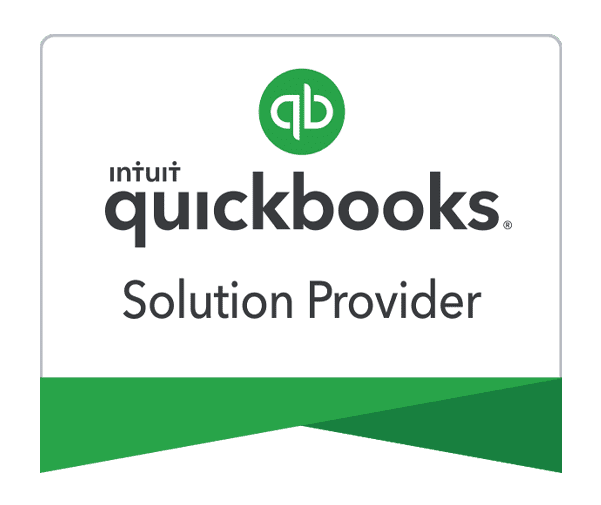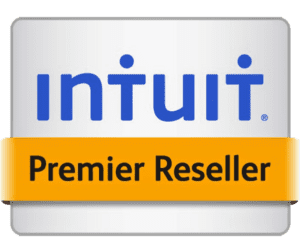Navigating the World of Surcharging: A Comprehensive Guide for B2B Businesses

Paygration, Inc.
In an era where digital transactions have become the backbone of business operations, understanding the intricacies of payment processing, especially surcharging, has become essential for businesses. Surcharging represents a method to offset the cost of credit card processing fees by passing them on to the consumer. While this practice can provide significant benefits, particularly for B2B companies, navigating the compliance rules set by card associations is crucial to ensure legality and maintain customer trust.
This detailed guide explores credit card and ACH surcharging, outlines the top 10 compliance rules, highlights the benefits for B2B businesses, and explains how surcharging works within the Paygration Gateway.
Understanding Credit Card and ACH Surcharging
Surcharging involves adding a small fee to transactions made with a credit card or ACH payments to cover the cost of processing these payments. For businesses, this practice can lead to substantial savings on transaction fees, which can otherwise eat into profit margins. However, implementing surcharging requires a deep understanding of the rules and regulations set forth by card associations and compliance with state laws.
The Top 10 Compliance Rules for Surcharging
To implement surcharging in a manner that is both legal and fair to consumers, businesses must adhere to the following compliance rules set by card associations:
- Notification: Businesses must notify card brands and their payment processor at least 30 days before starting to surcharge.
2. Transparency: Surcharges must be disclosed at the point of sale (both in-store and online) and on the receipt, detailing the surcharge amount.
3. Limitations: Surcharges cannot exceed the merchant’s cost of card acceptance, capped at 4%.
4. Equality: Merchants are prohibited from discriminating between card issuers or card networks when applying surcharges.
5. Card Types: Surcharging is only permitted on credit card transactions. Debit and prepaid cards are exempt.
6. Geographical Compliance: Merchants must comply with state laws, as some states have laws restricting surcharging.
7. Online and In-Store Consistency: Surcharges must be consistently applied across all sales environments.
8. Refund Policy: If a refund is issued, the surcharge must also be refunded.
9. Disclosure: Clear communication about surcharging practices must be made to customers before payment.
10. Record Keeping: Maintain records of surcharge notifications and compliance for audit purposes.
Learn the common surcharging mistakes and a solution to streamline compliance.
Benefits of Surcharging for B2B Businesses
For B2B businesses, where transactions are typically larger than in the B2C sector, surcharging can offer significant financial benefits:
- Reduced Processing Costs: Surcharging helps offset the high fees associated with processing large transactions, directly impacting the bottom line.
- Pricing Transparency: Clearly disclosing surcharge fees can foster transparency with clients, building trust and understanding.
- Competitive Advantage: By effectively managing processing fees, businesses can offer more competitive pricing or invest in other areas for growth.
- Cash Flow Improvement: Minimizing processing fees helps improve cash flow, a crucial factor for B2B operations.
Implementing Surcharging with the Paygration Gateway
The Paygration Gateway payment gateway provides a seamless solution for businesses looking to implement surcharging. Here’s how it works:
- Automated Compliance: Paygration Gateway automates the compliance process, ensuring that surcharges are applied correctly according to card brand rules and state laws.
- Transparent Disclosure: The platform automatically notifies customers about the surcharge fee during the transaction process, ensuring transparency.
- Customization: Businesses can customize how and when surcharges are applied, tailoring the approach to their specific needs and customer base.
- Integrated Reporting: Paygration Gateway offers comprehensive reporting features, making it easy to track surcharges, processing costs, and overall financial impact.
LEARN MORE ABOUT PAYGRATION PAYMENT GATEWAY.
Conclusion
Surcharging represents a strategic approach for B2B businesses to manage the cost of payment processing fees effectively. By following the compliance rules set by card associations and leveraging an advanced payment system like the Paygration Gateway, businesses can implement surcharging in a way that benefits both their bottom line and their relationship with clients. It’s an opportunity to embrace financial efficiency while maintaining transparency and trust in business transactions. As the digital economy evolves, understanding and applying practices like surcharging will be key to staying competitive and fostering sustainable growth.
Give us a call at 866-949-7267, and one of our experts will walk you through the details and show you how to make surcharging easy and effortless.
















